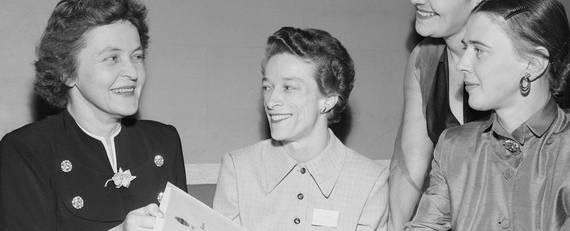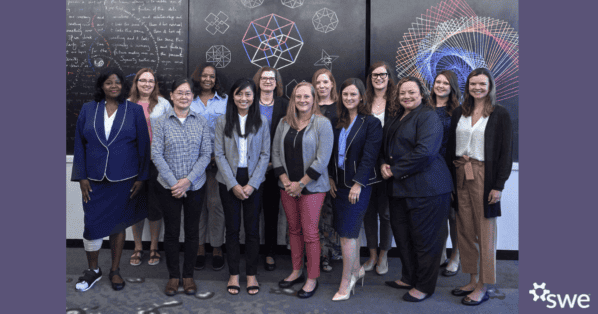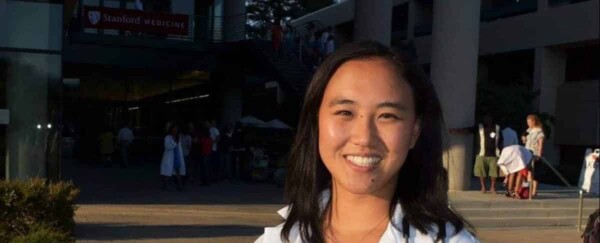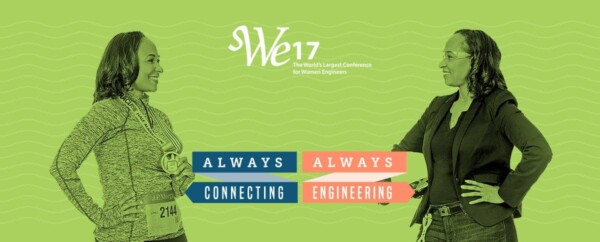In celebration of Women’s History Month, we’re taking a look back on the accomplishments of biophysicist and solar energy pioneer, Maria Telkes.

Recognized as one of the foremost pioneers in the field of solar energy, Maria Telkes was the first recipient (1952) of SWE’s Achievement Award. The citation reads: “In recognition of her meritorious contributions to the utilization of solar energy.” The holder of more than 25 patents, Telkes has been inducted into the National Inventors Hall of Fame.
A biophysicist by training, Maria Telkes began her work with solar energy as part of the Solar Energy Conversion Project at MIT in 1939. During World War II, she invented a solar distiller that vaporized seawater and then recondensed it into drinkable water. A solar still, her most important invention, was included in the military’s emergency medical kits on life rafts and saved the lives of both downed airmen and torpedoed sailors. It could provide one quart of fresh water daily.

During her years at MIT, she created a new type of solar heating system – one that converted solar energy to chemical energy through the crystallization of a sodium sulfate solution. The Dover Sun House, a prototype home built in 1948, used her solar heating system.
The Accomplishments of Maria Telkes
At NYU from 1958-1938, she worked on solar stills, heating systems, and solar ovens. Her solar ovens proved to be cheap to make, simple and easy to build and could be used by villagers worldwide.

Her other innovations included solar dryers and solar thermoelectric systems for use in outer space. Her space-proof and sea-proof materials were used on both the Apollo and Polaris projects. Later, her solar energy innovations were used for Solar One, a solar-heated building constructed at the University of Delaware. After her retirement, Telkes was involved with a second experimental solar-heated house, the Carlisle House.
She believed so strongly in using solar energy that she said, “Sunlight will be used as a source of energy sooner or later . . . Why wait?”
About the Author
Jill S. Tietjen, P.E., President and CEO of Technically Speaking, Inc., is a Fellow, Life Member of SWE. She served as the 1991-1992 National President. A member of the Boards of Directors of Georgia Transmission Corporation and Merrick & Company, she has been inducted into the Colorado Women’s Hall of Fame.






